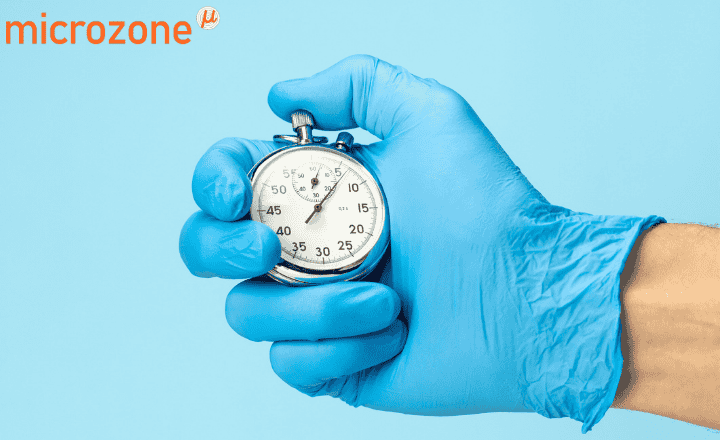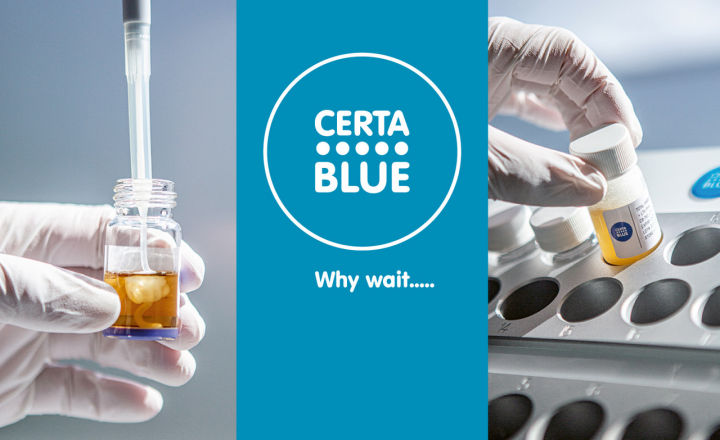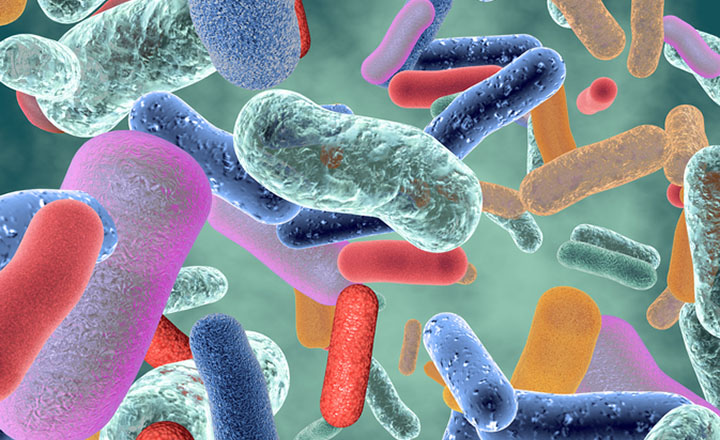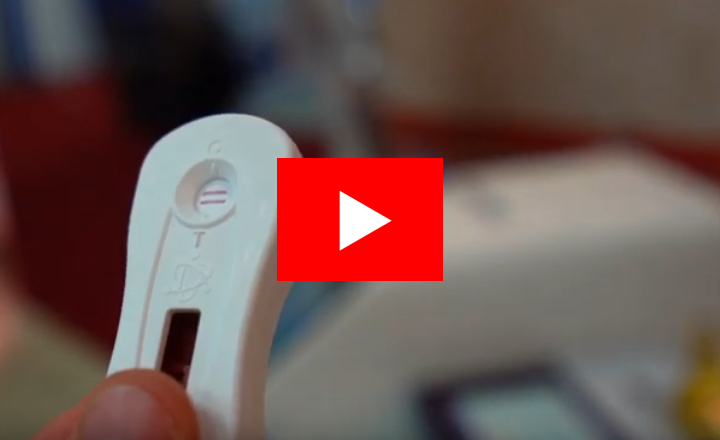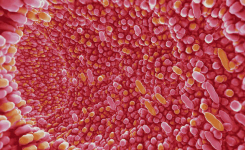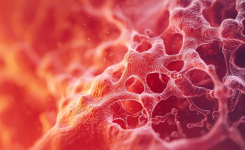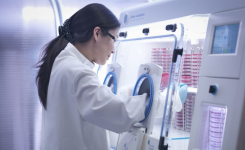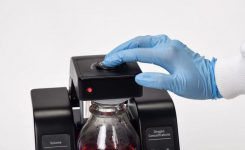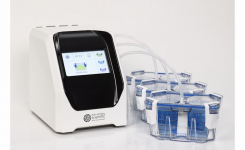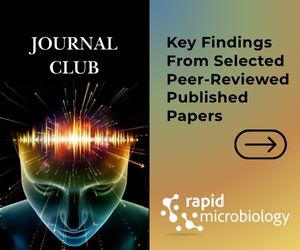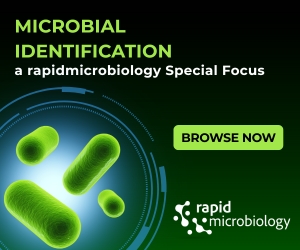Today, women’s health is becoming less of a taboo, with open conversations about periods, menopause, polycystic ovary syndrome and endometriosis.
The vaginal microbiome comprises of a repertoire of microbes; previous studies have shown that the vagina generally contains 1010–1011 bacteria1. The vaginal mucosa, a nonkeratinized epithelium with cervicovaginal secretion, is relatively anaerobic due to limited blood flow, promoting the growth of microaerophiles and facultative anaerobes like Lactobacillus species.
The vaginal microbiome has five community state types (CSTs) in which vaginal microbial communities are grouped2. CST I, II, III, and V are each dominated by a Lactobacillus species: L. crispatus, L. gasseri, L. iners, and L. jensenii respectively2. These species produce antimicrobials like hydrogen peroxide, lactic acid and bacteriocins, which help maintain the vaginal pH at around 4.5 or lower and protect against invading pathogens2.
Scientists have explored Lactobacillus species as a potential factor in improving women’s health. Chung et al. investigated the lactic acid production and antimicrobial potential of L. gasseri strains isolated from vaginal microbiomes3. Each strain’s physiological properties were evaluated as potential antibiotic alternatives for treating bacterial vaginosis3.
Vaginal swab samples were taken from 21 healthy Korean women aged 20-45 years and lactic acid bacteria, including L. gasseri BELG74 (BELG74) strains, were cultured in a Whitley Anaerobic Workstation3.
Isolates were tested for acid and bile salt tolerance, biofilm formation ability, adhesion indicators to assess auto-aggression, cytokine production in macrophages to assess their inflammatory effect, as well as odour removal capacity3.
Strains were also anaerobically incubated with pathogenic bacteria and fungi to determine their anti-pathogenic ability; pathogens used were Fannyhessea vaginae, Gardnerella vaginalis and Candida albicans3. BELG74 was the strain with the highest abundance at 1.84 × 109 CFU/mL and highest lactic acid concentration at 20.12 g/L, correlating with the anti-pathogenic potential exhibited against the pathogenic bacteria and fungi3.
BELG74 showed excellent potential as a vaginal coloniser with strong biofilm formation and adhesion capacity of 28.7%3. It also showed high acid and bile resistance and reduced cytokines by 63%, suggesting anti-inflammatory effects3.
Interestingly, this L. gasseri strain successfully neutralised trimethylamine and ammonia by over 99.9% in the odour removal experiment, positioning it as a promising candidate for reducing unpleasant odours and improving vaginal health3.
While Lactobacilli have long been recognised by the scientific community for their positive impact on vaginal health, strain specific research is now being uncovered, including L. gasseri BELG74, which has demonstrated inflammatory and antimicrobial effects. This suggests that this strain would be a successful replacement for antibiotics in treating vaginal diseases like bacterial vaginosis. In the pandemic of antibiotic resistance, such findings are encouraging for developing microbial-based treatments, instead of typical antibiotic therapy.
Explore the Whitley Anaerobic Workstation range now.
References
1. Chen, Chen, et al. "The microbiota continuum along the female reproductive tract and its relation to uterine-related diseases." Nature communications 8.1 (2017): 875.
2. Chen, Xiaodi, et al. "The female vaginal microbiome in health and bacterial vaginosis." Frontiers in cellular and infection microbiology 11 (2021): 631972.
3. Chung, Eui-Chun, et al. "Isolation and Characterization of Lactobacillus gasseri Strains from Women for Potential Vaginal Health Applications." Microbiology Research 16.1 (2025): 12.



